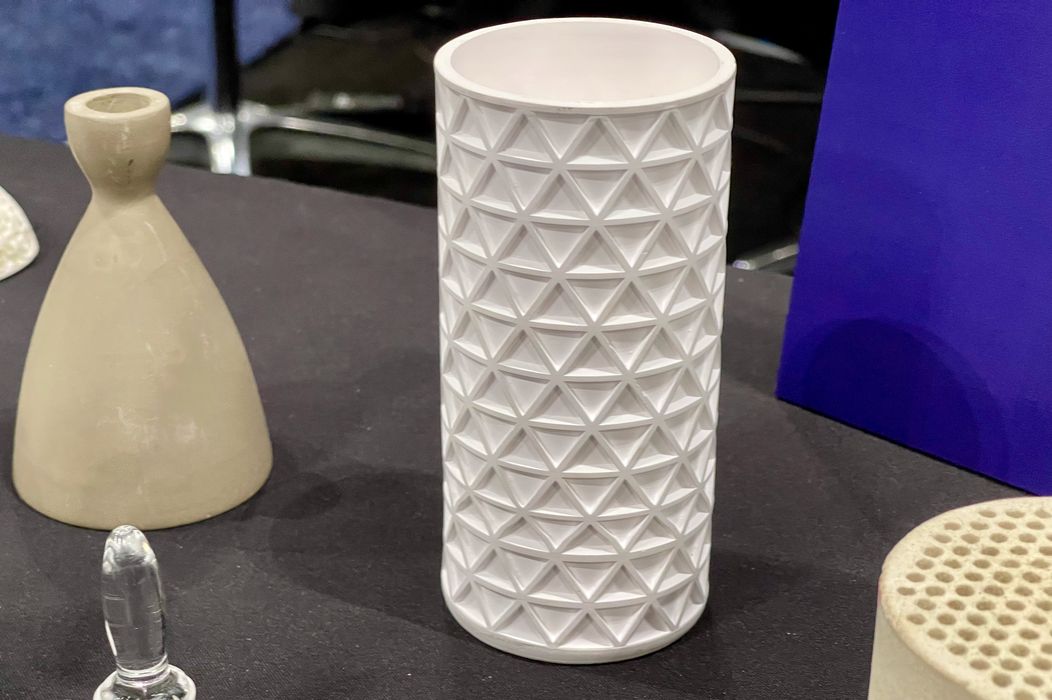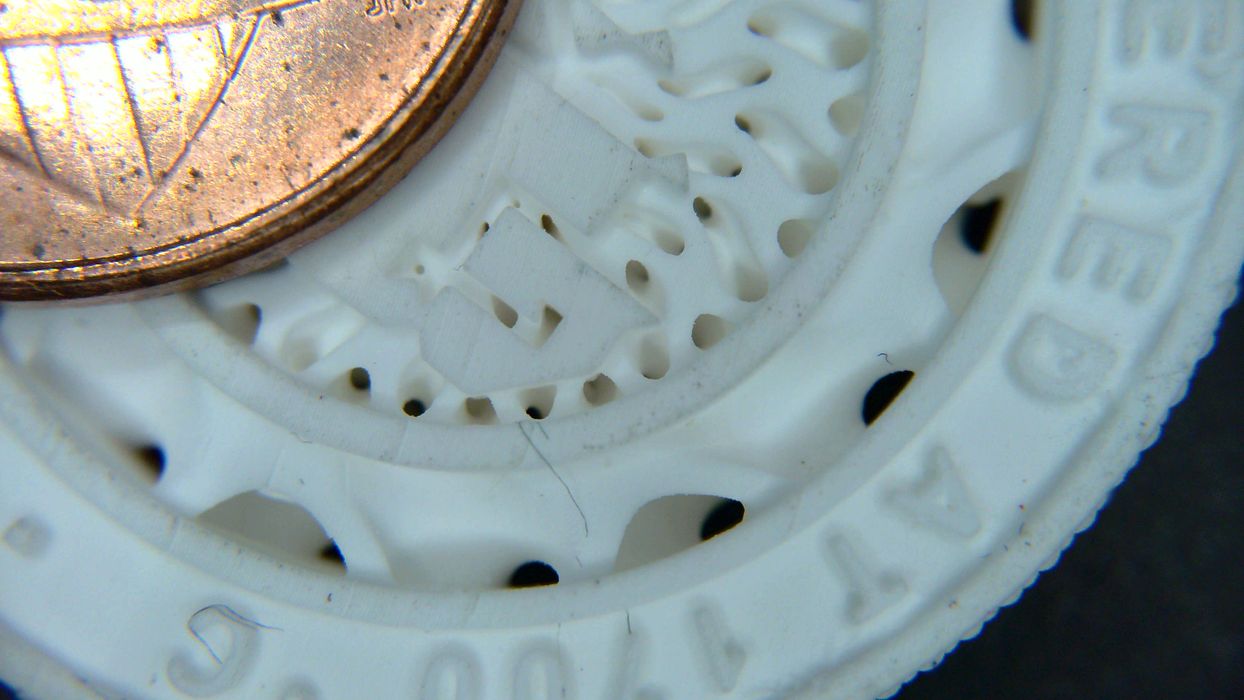
Tethon 3D has some interesting new products, including a material that could be of great interest to all resin 3D printer operators.
The Omaha-based company has been producing specialized ceramic resins for 3D printing for many years. Their line of resins must have the most varied range of ceramics available, including rare materials such as: Komitsulite, Porcelite, Graphenite, Cordierite, and Osteolite Hydroxyapatite.
The issue with ceramic resins, however, is that they tend to be very viscous due to the particle loading. This makes it impractical to 3D print ceramics on typical resin 3D printers because the liquid flow is insufficient between layers: it’s just too thick.
To overcome this some resin 3D printers use heaters to loosen up the ceramic resins, making it possible to print. However, most resin 3D printers do not have heating systems.

But that issue could change with Tethon 3D’s new Genesis material. It’s billed as a “high speed cure” resin, and is a “base resin for the addition of solid powders”. In other words, this resin can be used to make a wide range of ceramic materials.
We were told that this material cures quickly, which speeds up print jobs, but also does not require a heated 3D printer. This implies that Genesis-based ceramic resins could potentially be used on almost any resin 3D printer, including inexpensive MSLA devices.
You’ll still need a furnace to de-bind and sinter the ceramic particles together. Furnaces must be able to programmatically reach up to 1700C for some materials. However, Tethon 3D is considering launching a “sintering as a service” program, in which green parts could be sent in for proper finishing. That would make it far easier for many to enter the world of ceramic 3D printing.
We were told they are also developing a unique “de-bind and sinter in one step” process. This is quite unusual, as normally those are done in two steps, sometimes involving chemicals to remove the binder. It was explained that they can achieve this by carefully controlling the porosity of the print, which would allow for venting of evaporating binder.
I’m hopeful that developments such as this could help boost the use of ceramic materials in 3D printing, which up to now require specialized equipment. Ceramics offer a number of engineering properties not present in typical polymer or metal 3D prints, such as extreme thermal resistance or electrical insulation.
Via Tethon 3D
